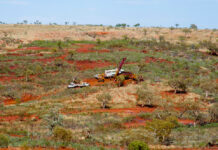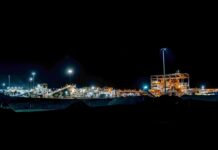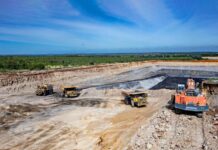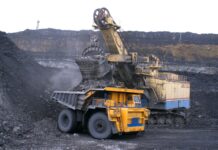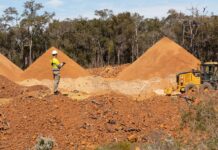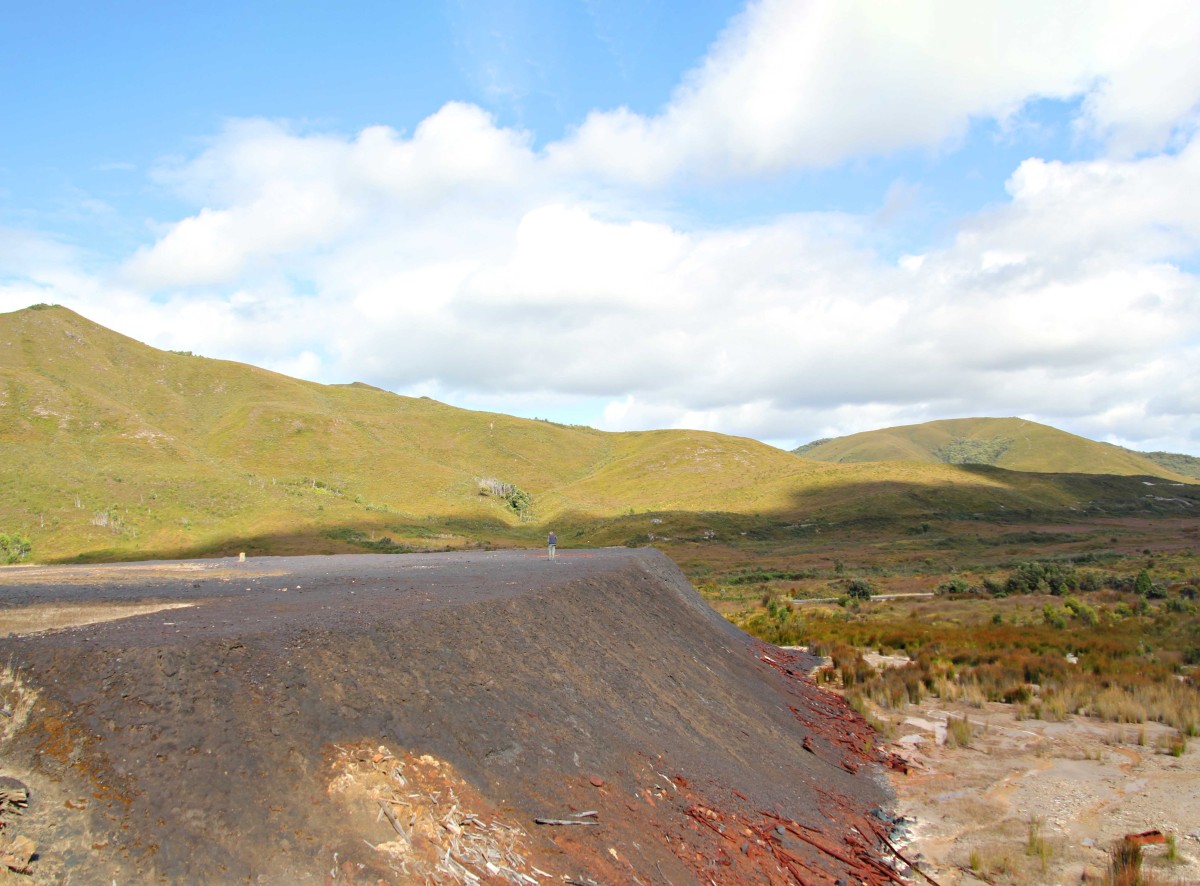Mine the gap: Australia’s 80,000 disused mines
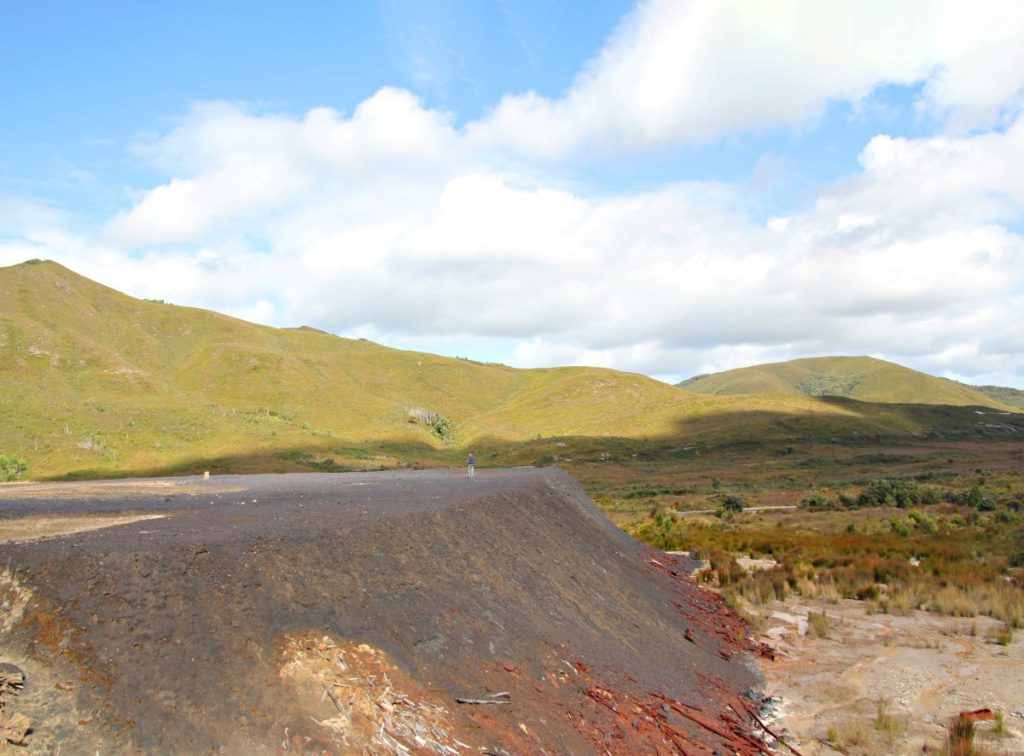
At least 80,000 Australian mine sites remain inactive and unrehabilitated, posing unaccounted risks to the environment and safety.
Efforts to ensure rehabilitation throughout the life of mining operations and to promote an effective transition to post-mining landscapes are critical for Australia to achieve its goals of being a world leader in the energy transition and in ESG standards.
The Australian Mining Review speaks with The University of Melbourne’s Professor Tim Werner and Monash University’s Professor Mohan Yellishetty to understand current gaps in mining data and opportunities for disused mine sites.
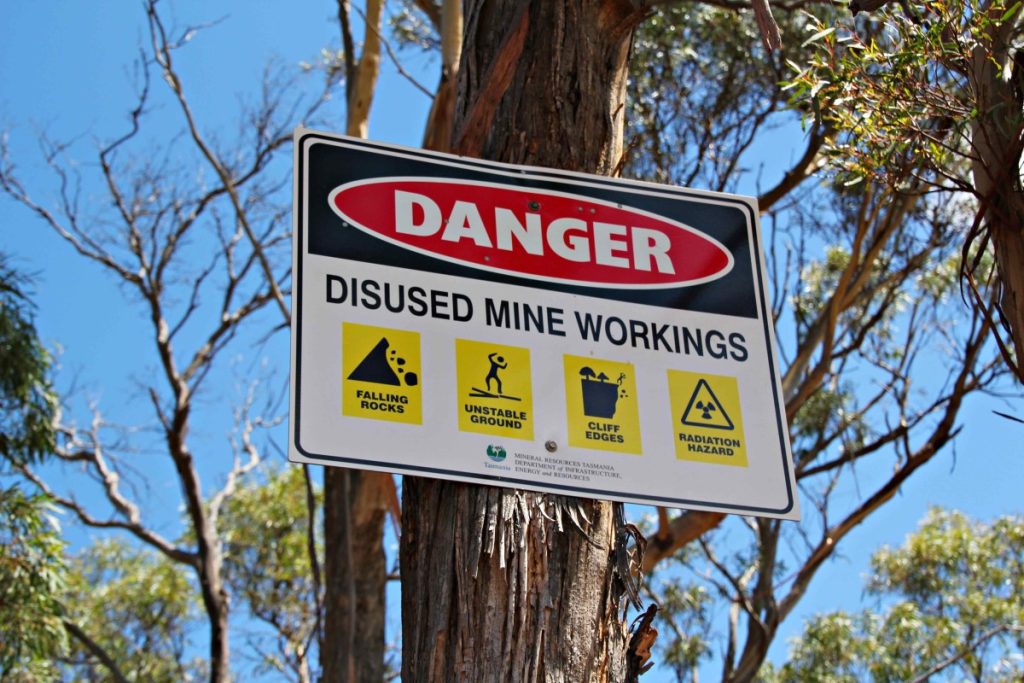
The mining industry is experiencing growing pains — with agility and flexibility becoming key operating requirements as demands for various minerals and materials quickly transform.
The industry, which once was solidly unchanging, provided us with the solid foundations of the modern world, through iron ore, coal and gold production.
But with the energy transition, production of materials that were previously unimportant, such as nickel, cobalt, lithium and copper has begun to overshadow the traditional giants of the mining industry.
As investors and producers rapidly adapt their operations, the landscapes occupied by mines themselves follow suit, creating unaccounted yet undeniable consequences. Although the industry is changing, green technologies and future fuels still rely on mining.
To map a clear pathway forward, complete and accurate information is needed.
Gaps in the data
Australia’s critical resources can’t be managed without being measured.
Even in countries with heavily regulated mining industries, like Australia, gaps and inconsistencies have formed in the data.
Recognising the growing number of disused mines, Australian states and territories established a series of programs to assess the risks of abandoned mines and prioritise funding for management.
These efforts were primarily conducted independently, leading to variances in reporting practices and classification schemes.
Variation in reports has led to uncertainty in forming a national picture.
In A Geospatial Database for Effective Mine Rehabilitation in Australia, researchers identified the need for a unified national database of disused mines, but the task has proven to be monumental.
Globally, the standard for mining studies relies on the S&P Capital IQ Pro database, a compilation of company reports of mining sites.
However, Dr Werner says the database is incomplete.
“The S&P database is huge, possibly the most comprehensive mining database out there,” he said.
“The problem is that there are just so many mines that the task is so big — some of the gaps in the database are because they simply haven’t finished the work of collecting all the information that’s out there.
“For many of the disused mines, the companies don’t exist anymore and so there are no reports to gather.
“You might be able to find historical reports to when the company did exist on how much that mine produced, what resources they had and so on; but when it comes to impacts, the gaps are massive.
“Historically, we didn’t necessarily have great environmental monitoring or understanding of impacts on local communities.
“We might not have had a good understanding of what biodiversity was in an area prior to mining or during mining, so the job of understanding the impacts of mining projects is even greater than the job of understanding what mines exist and where and what their nature was.”
As a result, researchers sought to establish a new database to fill in the identification gaps and eventually, produce a more accurate account of the impacts of all mines in Australia.
Researchers creating a new abandoned mines database compiled different reports from states that previously were accounted for in a national level database. Historically, states were responsible for recording their own data, leading to inconsistencies as to what data was reported and how it was collected.
The new abandoned mines database established a classification system to sort the varying data and different types of inactive mines.
“Mines might be in care and maintenance, completely abandoned, or still operated by the company and temporarily inactive,” Dr Werner said.
“Because of a lack of historical data, we basically just had dots on a map, so we had to determine how to differentiate them.
“Sometimes there’s enough information to determine if it was just an abandoned mineshaft, where the only risks to the environment or public safety relate to a hole that needs to be gated off.
“Others present more significant management challenged, where there might be lots of acid mine drainage (AMD) issues or large piles of exposed waste that create ongoing environmental burdens or health and safety concerns.
“So that’s the massive task ahead of us: how do we assess each site and prioritise what actions we take with these abandoned sites moving forward.”
When compiling the updated database, researchers further classified mines based on the status of the disused mine – whether a mine was terminated, in care and maintenance, established as a heritage site or neglected or abandoned.
Researchers are now attempting to prioritise sites based on their posed environmental risks.
Because disused mines vary across the country in environment and condition, their risks also vary.
Mine sites close to major urban centres, major waterways, national parks or heritage and Indigenous areas can be classified as having increased risks.
Similarly, sites with increased average rainfall can pose greater risk due to concerns of AMD.
In classifying sites environmental risks, researchers can also identify sites that may have simpler rehabilitation requirements, such as sites with increased accessibility that are close to major roads or rail infrastructure or sites that offer potential employment opportunities due to proximity to urban centres.
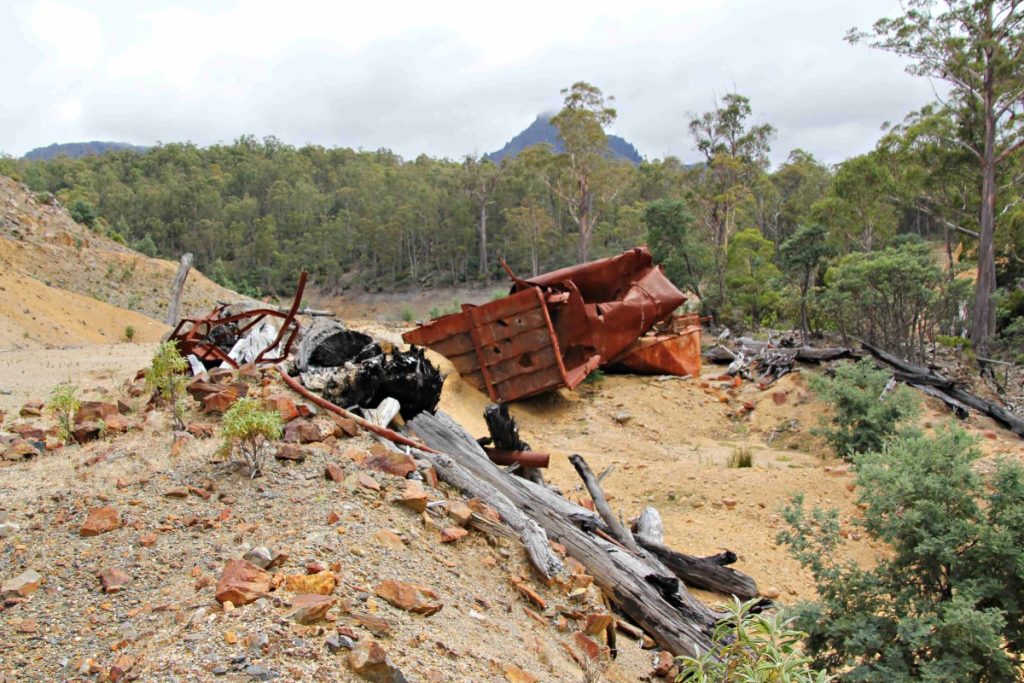
Disused mines as valuable assets
Presently, Australia’s disused mines present a huge liability, but if properly identified and managed, they have the potential to become value generating assets.
Researchers suggest abandoned mines can be valued and invested in for their potentials in critical minerals extraction, carbon farming and renewable energy generation.
With investor and industry interest in bringing new life to these disused sites, researchers believe they will have more resources to clean up the sites and reduce their safety risks.
Critical minerals
The demand for critical minerals is skyrocketing alongside the energy transition.
With minerals such as copper, nickel and lithium needed to produce essential green technologies for renewables, Australian stakeholders are looking to establish sovereign critical minerals supply chains from extraction to production.
Dr Yellishetty says remnant minerals found on disused mine sites could be particularly valuable.
“In the past, our efficiency was not as good as today, so if you look at most critical minerals, they are hitchhiker metals,” he said.
“If you extracted gold, there was always a chance that there was also platinum, palladium, cobalt or nickel in association.
“If the main purpose of a mine historically was gold and only gold was extracted, the rest of those critical minerals were discarded.
“Now with growing demand of many of these critical minerals and a lot of monopoly with one single country controlling them, there is a chance for us to go back and extract the remnant metals and simultaneously clean up a lot of these sites.
“There are some global studies estimating that the current identified copper reserves all over the world are only 20% of what we need to meet Net Zero targets by 2050, so the requirement for critical minerals is astronomical and what we have left is very tiny.
“That gives us a huge opportunity to extract the remnant metals from tailings or abandoned mines.”
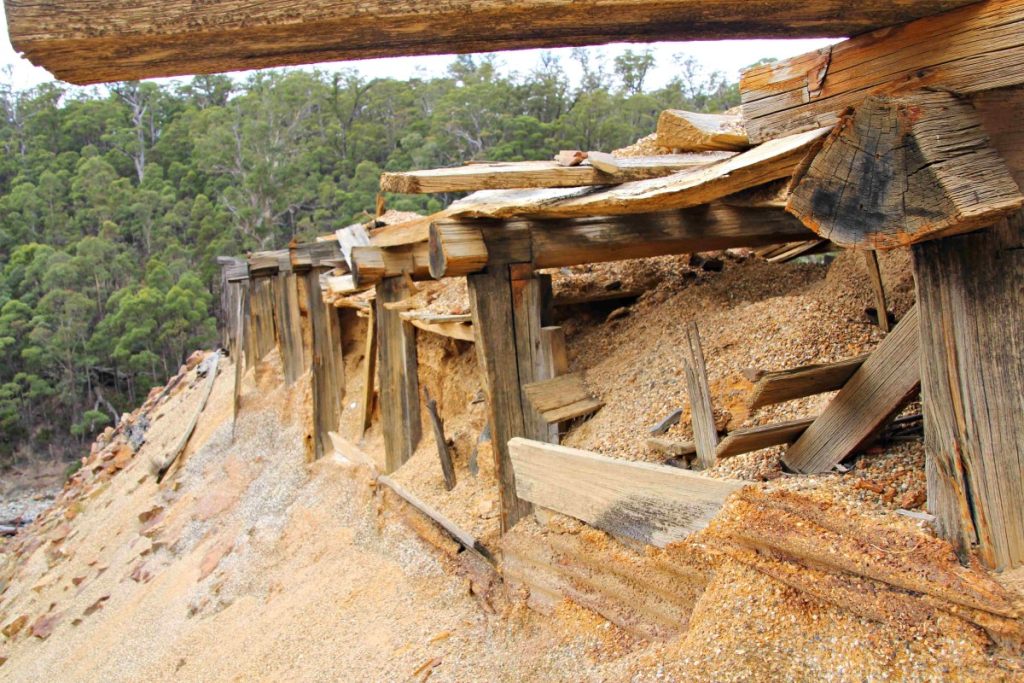
Carbon farming and renewable energy
Alongside the energy transition, mining companies are also looking for ways to offset or decarbonise their emissions to meet their Scope 1 and 2 emissions targets.
Dr Yellishetty says abandoned mines are of interest to investors for their potential as sites for carbon farming and renewable energy.
“We have been approached by several entrepreneurs and companies to identify sites where they can go into mass implementation,” he said.
“The hard to abate industries, when it comes to emissions, are looking for large or vast areas of land where they can come in and claim credits.
“A lot of these coal mines are locking large areas of land under their tenements, so they have that potential to offer.
“People are also looking to capture carbon dioxide and utilise it to enrich the carbon content of soils.
“Likewise, people are interested in concentrated solar, with mine sites offering ideal topographic conditions for that.
“That’s where Australia can really capitalise on these opportunities.”
AI and machine learning
The work to establish the database is incredibly intensive, requiring researchers to manually scan satellite imagery for anything from a super pit to a single hole in the ground.
Researchers are now turning their eyes towards technologies like machine learning and AI which could automatically weed out images for review, automating and simplifying the delineation process.
“Machine learning tools are becoming increasingly capable and sophisticated,” says Dr Werner.
“The question came up: can we use the outlines we have drawn to train image recognition algorithms to recognise what is a mine or segment an image into a mine or a non-mine area.”
Machine learning tools recognise images based off a spectral signature.
When there is a town surrounding a mine site, or what appears to be bare soil, that image will give off the same spectral signature as a standalone town or actual bare soil.
“It’s very challenging to do that still, because some mine areas are vegetated and some just look like bare soil,” says Dr Werner.
With these challenges identified, researchers must now identify how to train computers to understand complicated images, utilising the groundwork already done by researchers in compiling the database.
Even with limitations, machine learning and AI technologies may still be capable of conducting primary classification of images, significantly reducing the workload for researchers.




